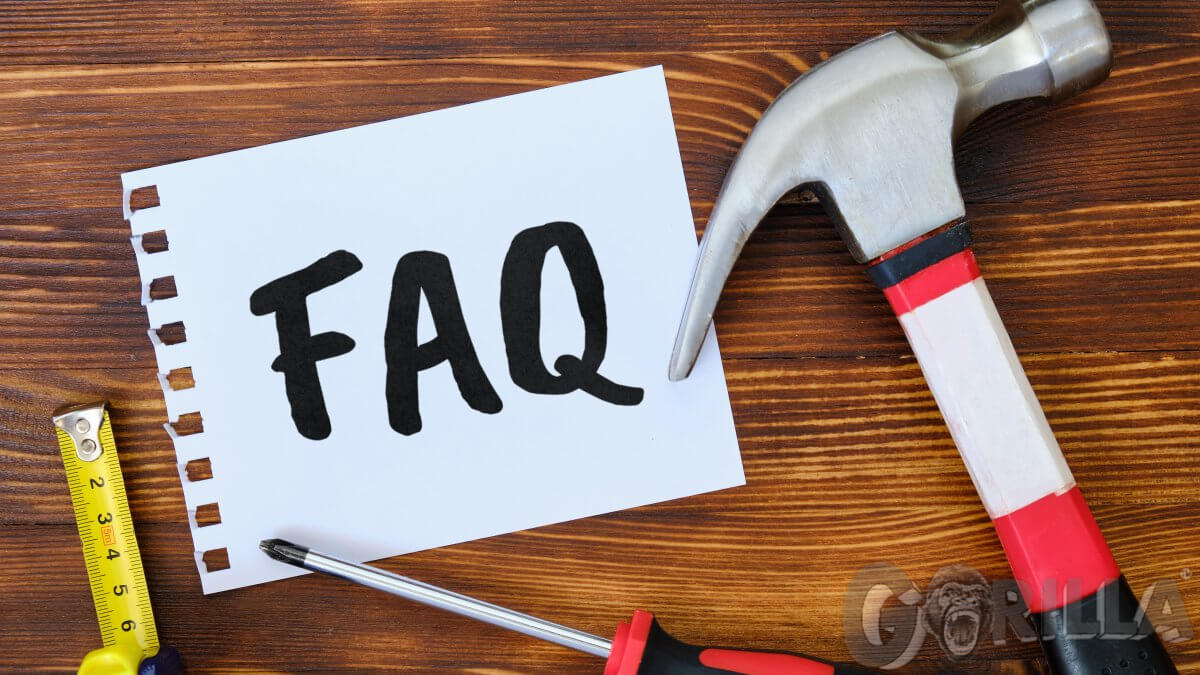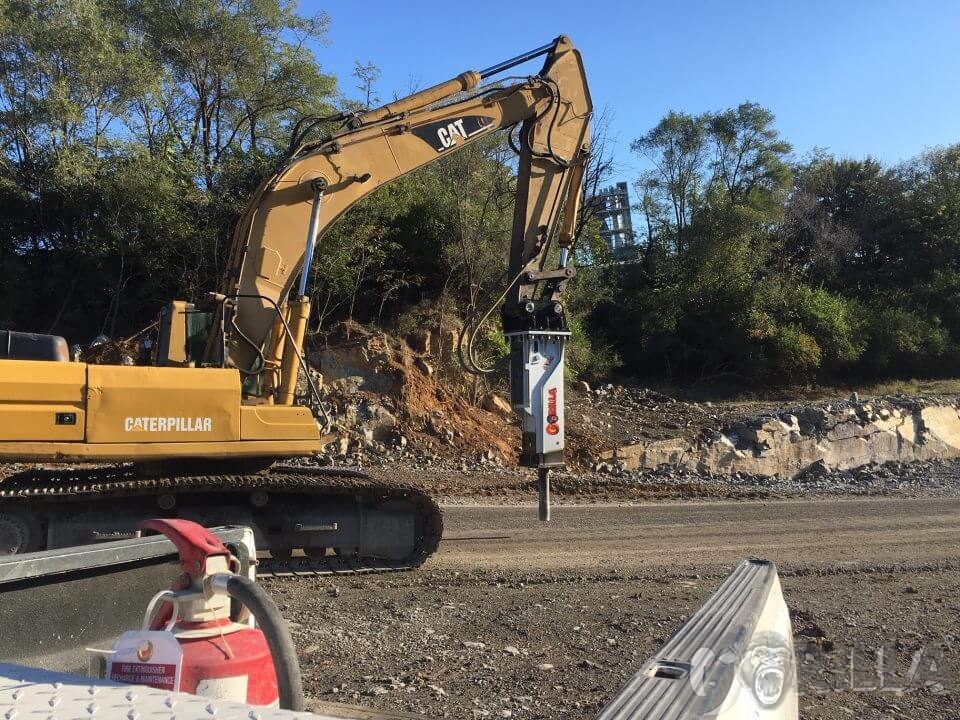
Hydraulic Hammer Sizing and Carrier Matching for Every Job
September 30, 2021
Discover the Demolition Tool Accessories at Gorilla Hammers
April 13, 2022There is always more to discover about a hydraulic hammer. No two brands alike may produce the same output of a hammer, so what are the differences? How about the similarities? Learn the answers to your questions below as we cover some of the most frequently asked questions about hydraulic hammers.
How Does a Hydraulic Hammer Work?
There are typically five main steps in the process to get a hydraulic hammer to work. The steps are listed below, with brief explanations of how each step is crucial to the process.
First, the piston rises.
When the pressure enters at high speed, the chamber is faced with the lower side of the piston. This allows the directions of the flow to change. This combination allows the two to work together to reverse the movement of the piston, applying force and speed. Gradually the piston will move upwards and compress the gas sealed within its chamber.
The second step is that the valve rises.
As the piston rises, the oil flows into the chamber. The result of this causes the valve to start rising. This is due to the difference in area between the upper and the lower faces of the valve.
The third step is that the piston descents.
After the valve rises, the high pressure enters the chamber. This allows for the piston the reverse as it begins its descent. The speed is increased during this descent due to the pressure of the gas from the chamber.
Fourth: the impact.
As the piston strikes the chisel with extreme acceleration, the created impact forces the pressure to increase. The oil goes through the chamber and is changed into low pressure. At the same time, the chamber remains at a constant high pressure. The combination of this high and low pressure forces the valve to lower.
Lastly, the continuous striking.
After the valve makes its entire descent, the chisel continues its motion through continuous striking. This is the final step for the hydraulic hammer to function correctly.
What are the Classes for Hydraulic Hammers?
Hydraulic hammers are created in different sizes and classes to fit a plethora of jobs. The three classes that make up these hammers are the small, medium, and large classes.
Small Class
The impact frequency is anywhere between 400 to 1200 BPM, with a 1400 to 2175 PSI.
Medium Class
The impact frequency here is between 370 to 700 BPM, with a 2175 to 2610 PSI.
Large Class
The impact frequency here is between 200 to 400 BPM, with a 2300 to 2610 PSI.
Why Do I Need A Hydraulic Hammer?
Hydraulic hammers are created to function in quarries, construction sites, and other similar rock-breaking locations. If you require a tool that can easily break apart items that humans cannot, this is the investment you need. Working alongside a hydraulic hammer allows you for an easier and more precise job done. A hydraulic hammer also allows for different sizes and components to be explicitly met to the type of job you’re executing. That being said, you can learn more about the types of hydraulic hammers offered by Gorilla Hammers today. To get started, contact us by calling 888-814-6745 or emailing us at sales@gorillahammers.com.




